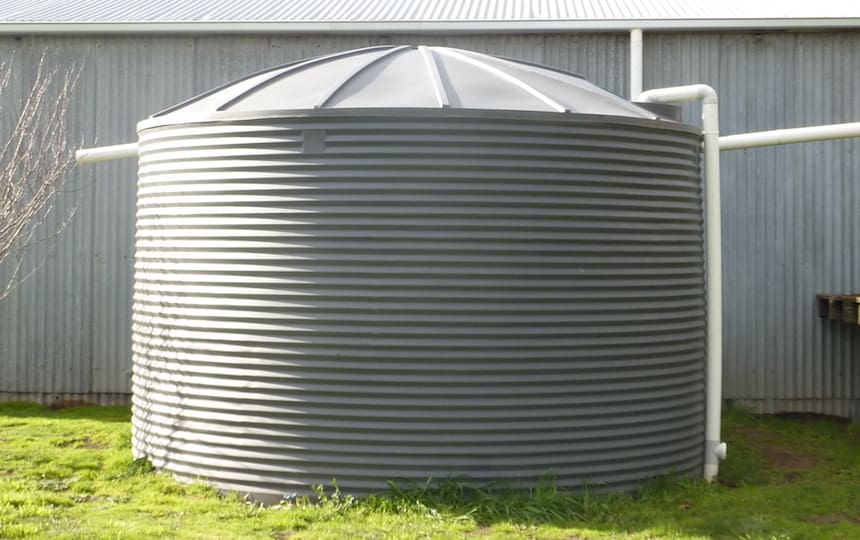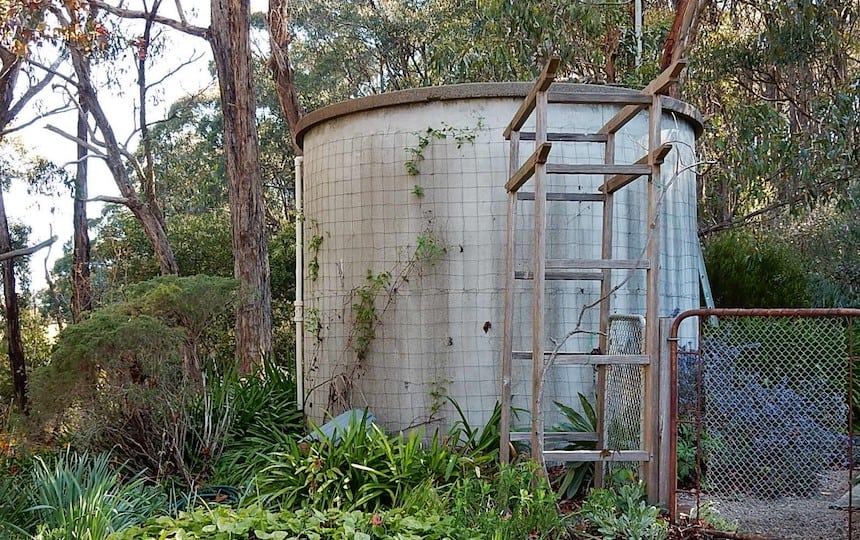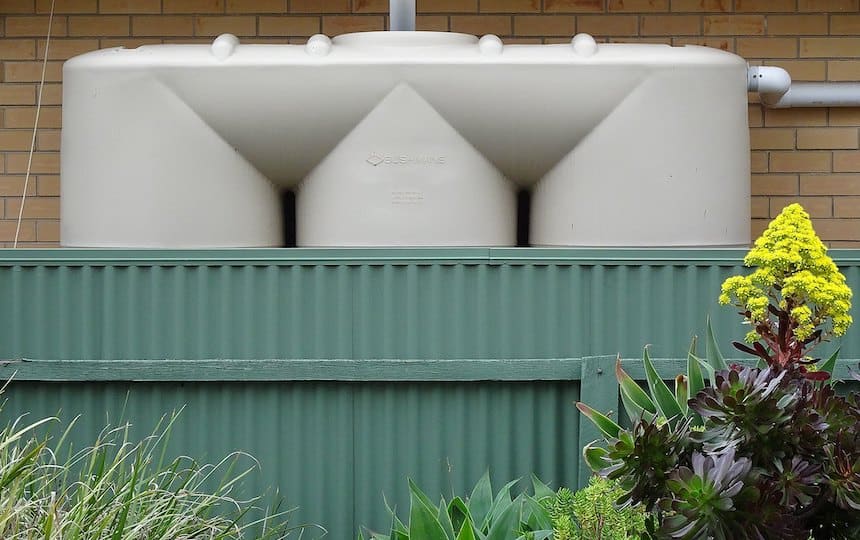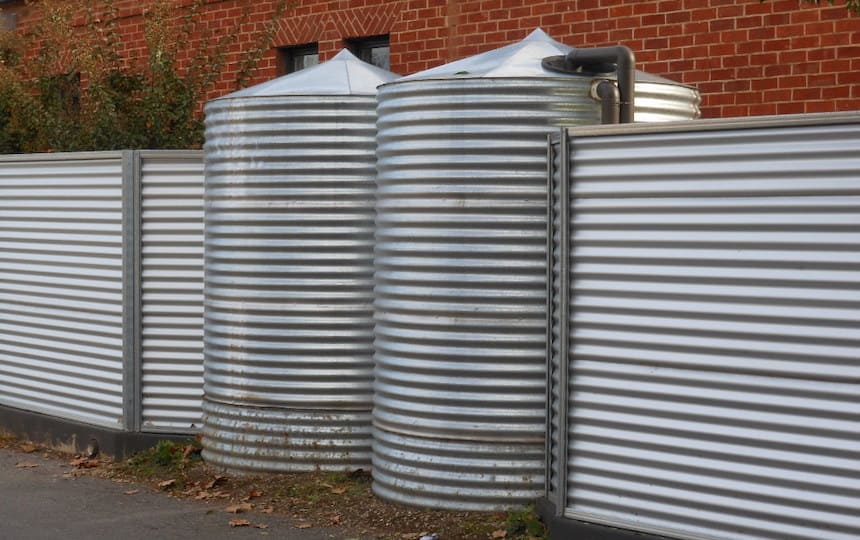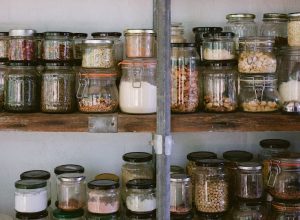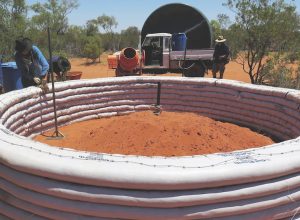Confused about which rainwater tank is the best for your home? Follow our four simple tips to work out which one is right for you.
As the weather heats up, many of us are thinking about how we’ll keep our gardens hydrated over summer. But how do you chose the right rainwater tank for your home? Slimline, plastic, metal, concrete, underground, DIY? There are lots of options out there, so here are four simple steps to make the process less confusing.
1. How much rainwater do you want to catch?
Most of us want to catch as much as we can, but unless you are a geometry whiz, how do you work out how many litres that is? Thankfully, the wonderful ATA have created Tankulator.
A one stop shop to help you calculate the rainwater you will be able to catch from your roof. The site has lots of other great tips on tank costs and materials, as well as testimonials from tank users.
2. Where can you fit your rainwater tank?
If you live on a large section or country block, chances are space won’t be an issue. In this instance you can make choices based on the best site for gravity feeding. If space is at a premium then there are other options.
Slimline rainwater tanks are great for fitting in to small spaces. Though you may need to put in several to maximise water storage, which will cost you more than buying one big tank.
Underground tanks or under floor bladders can be a good idea if you’re starting from scratch or simply don’t have any room, even for slimlines. Be warned though, they’re not cheap, but if the land where you live isn’t either that might make them a goer.
Renters need not miss out on the benefits of rainwater harvesting either. “Pop up” bladders can be easily moved from one house to another, as can more low-tech options like up-cycled barrels or wheelie bins.
3. What materials should you choose?
This will come down to cost and personal choice. By far the cheapest and most common option is plastic.
If plastic is not your thing, then steel tanks are an option. Beware, however, that most are lined with plastic anyway (to stop them leaking and rusting). One option that is not, however, is stainless steel tanks.
These guys can be pricey, but they will outlast plastic and plastic-lined steel tanks. So if you’re a long-term thinker they might be your cheapest option overall.
Concrete tanks are the traditional choice of off-grid farmers. Be wary that they can crack, so if subsidence is an issue where you live you may not want to risk it.
DIY tanks can be fashioned from food-grade barrels or even wheelie rubbish bins and can be picked up fairly cheaply or for free. They’re a great option if you’re short on cash and not afraid to get handy with a bit of plumbing.
Bladder tanks are also a cheap option, but they won’t last forever and not all of them are suitable for potable water.
4. Pumps or gravity feeding
If you have options space-wise you can site your tank in the best place for gravity feeding. Otherwise, you’ll likely need a pump.
Another option is to use a small tank in an ideal position for gravity feeding. These “header tanks” can even be put high up on a stand. Then you pump into it from your larger reservoir less frequently. Thus you don’t need to pump every time you turn your tap on.

